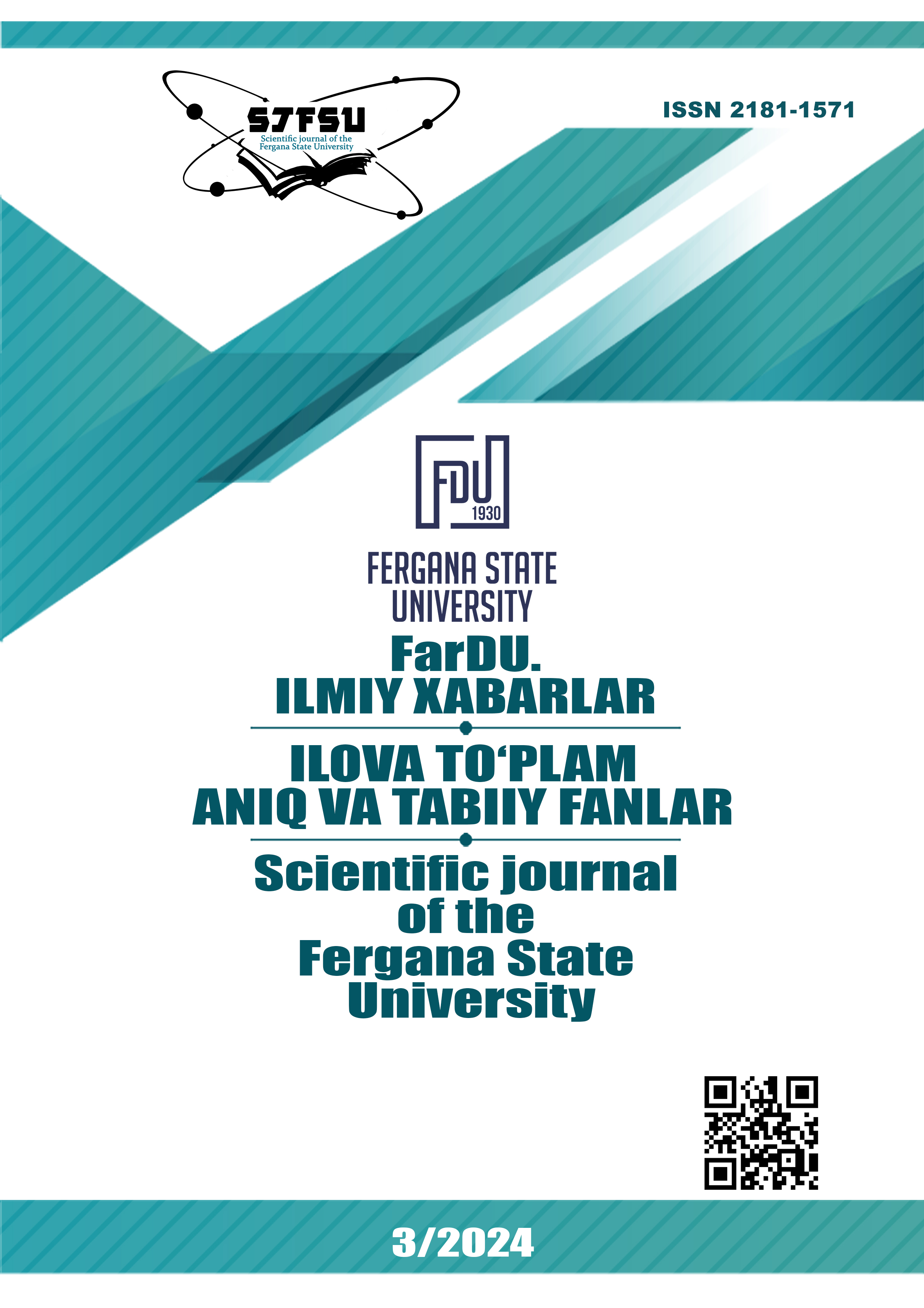OPTOELECTRONIC DEVICE CONVERTING SECONDARY HEAT INTO LIGHT
Keywords:
Thin dielectric film, anisotropy, multilayer structure of p-n junctions, thermoelectric generator, electroluminescent light source.Abstract
A project has been developed for an optoelectronic compact energy-saving device that uses secondary heat, that is, body temperature, using special thin chalcogenide films. It has been proven that such a device can be fabricated using multilayer dielectric structures prone to optical anisotropy of p-n junctions observed in inhomogeneous compositions of thin chalcogenide films. In this article, inhomogeneous cluster-type thin films in thin chalcogenide films are determined by the current-voltage method. The presence of cluster segregation is confirmed with an uneven distribution of inclusions of atoms of the stoichiometric composition of thin films of chalcogenides.
References
Yuldashev, S. (2022). ХАЛЬКОГЕНИД ЮПҚА ПАРДАЛАРИДА АФК-ЭФФЕКТ. Science and innovation, 1(A6), 530-535.
Abduvositovich, Y. A. (2022). PREPARATION OF PHOTO ELEMENTS. Harvard Educational and Scientific Review, 2(2).
Юлдашев, Ш. А. (2023, November). ИССЛЕДОВАНИЕ ЭФФЕКТА АФН В НЕОДНОРОДНЫХ ТОНКИХ ПЛЕНКАХ. In Fergana state university conference (pp. 283-286).
Кадыров, К. С., Онаркулов, К. Э., Онаркулов, М. К., & Юлдашев, Ш. А. (2020). ЭЛЕКТРОННО-МИКРОСКОПИЧЕСКИЕ ИССЛЕДОВАНИЯ ПЛЕНОК НА ОСНОВЕ BI-SB-TE. In Экономическое развитие России: тенденции, перспективы (pp. 72-76).
Onarqulov, K., & Yuldashev, S. (2023, November). YORUG’LIK VA MAGNIT TA’SIRLARDAN FOYDALANIB YUQORI ELEKTR MAYDON HOSIL QILISH. In Fergana state university conference (pp. 70-70).
Онаркулов, К. Э., Юлдашев, А. А., Юлдашев, Ш. А., & қизи Юлдашева, Ш. А. (2023). ПОЛУЧЕНИЕ СИЛЬНОГО ЭЛЕКТРИЧЕСКОГО ПОЛЯ ОТ СОЛНЕЧНОГО ТЕПЛА И ЭФФЕКТОВ МАГНИТНОГО ПОЛЯ.
Yuldashev, A. (2022). OPTOTRANSFORMER. Science and Innovation, 1(7), 876-882.
Yuldashev, S. H. (2022). APV–EFFECT ON HALCOGENIDE THIN CURTAINS. Science and Innovation, 1(6), 530-535.
Турдиева, Д., Азнабакиева, Д., Расулова, М., & Юлдашев, Ш. (2022). ОСНОВНЫЕ БОЛЕЗНИ СЛАДКОГО И ОСТРОГО ПЕРЦА. Science and innovation, 1(1), 482-487.
Onarkulov, K., Yuldashev, S., & Yuldashev, A. (2022). ФОТОМАГНИТНЫЙ ПРЕОБРАЗОВАТЕЛЬ. Science and innovation, 1(A4), 47-51.
Downloads
Published
Issue
Section
License
Copyright (c) 2024 Scientific journal of the Fergana State University

This work is licensed under a Creative Commons Attribution-NonCommercial-NoDerivatives 4.0 International License.
How to Cite
Most read articles by the same author(s)
- , , STUDY OF THE INFLUENCE OF LIGHT ON A SEMICONDUCTOR PHOTOELEMENT , Scientific journal of the Fergana State University: No. 2 (2025): FarDU.Ilmiy xabarlar jurnali (Aniq fanlar)

